
Top 10 Himalayan Animals You Can See on a Nepal Trek
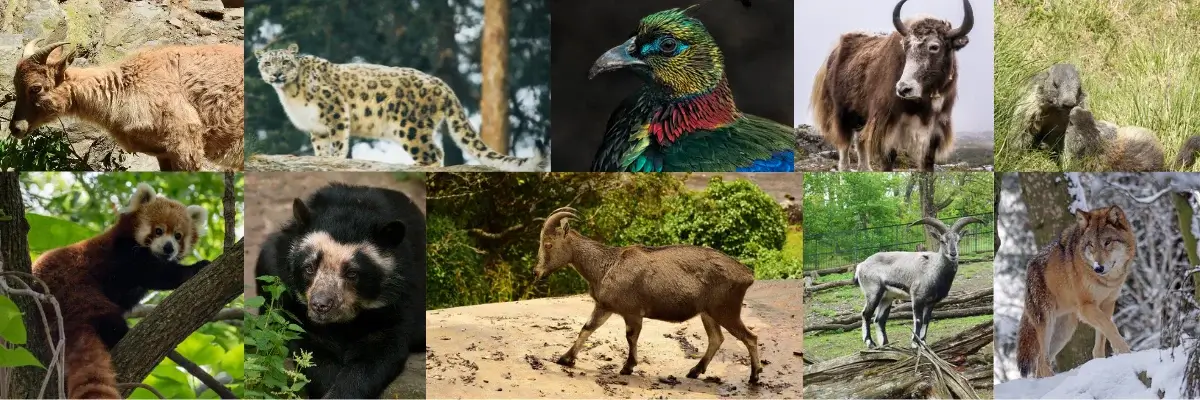
Table of Contents
Nepal is country of rich flora and fauna. In this article, we will discuss about the animals that live across Himalayan region of Nepal. We will know about in which part of Nepal they live, what they eat and their physical feature.
What Animals Live in the Nepal Himalayas?
The mountainous terrain of Nepal supports a wide range of Himalayan animals where wildlife survives. You can find some of the iconic animals in the Himalayan region including the snow leopard, red panda, Himalayan tahr, musk deer, blue sheep, Himalayan black bear, yak, Tibetan fox, marmot, and pheasant.
The species that live in extreme cold conditions make Nepal an essential home for endangered wildlife species. Below are the Top 10 Animals you can see in the Nepal trek.
The Himalayas of Nepal sustain the rarest animal species in Nepal, from the most elusive snow leopards to cute-looking red pandas. In this article, We will discuss about top 10 Himalayan animals you can see on a Nepal trek. Nepal is part of the Great Himalayas, stretching west to east.
Snow Leopard
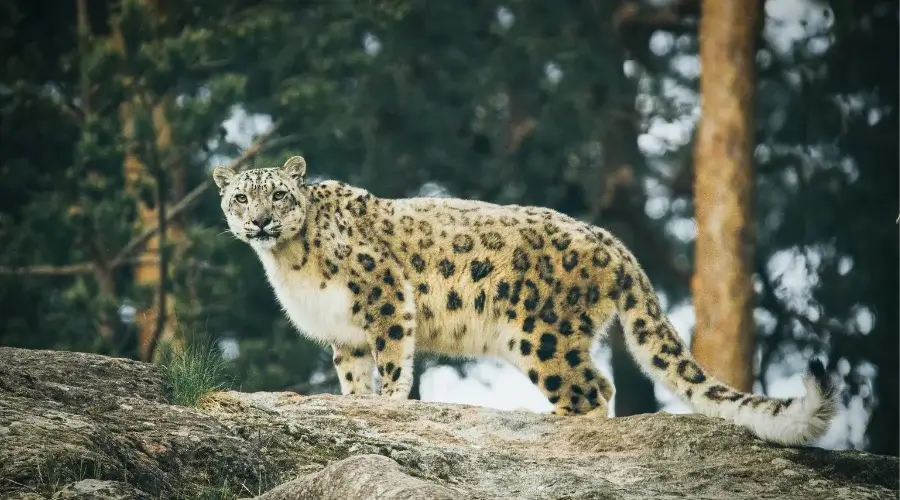
- You can find Snow leopards in the seven areas protected by the government of Nepal. The seven protected areas are Shey Phoksundo National Park, Sagarmatha National Park, Annapurna Conservation Area, Kanchenjunga Conservation Area, Langtang National Park, Makalu Barun National Park, and Manaslu Conservation Area.
- There are 350 to 500 snow leopards in Nepal. The scientific name of the snow leopard is Panthera uncia.
- Snow leopards are carnivorous animals, and they hunt down and eat wild sheep, goats, deer, ibex, marmots, etc.
- The female snow leopard weighs about 35 kg to 45 kg and 35 to 43 inches long, while the male snow leopard weighs about 45 kg to 55 kg and 43 to 51 inches long.
Red Panda
- Red Panda can be found in Makalu Barun National Park, Kanchenjunga Conservation Area, Langtang National Park, and Sagarmatha National Park.
- There are 237 to 1061 red pandas in Nepal, and the scientific name of the red panda is Ailurus fulgens.
- Red pandas mainly eat bamboo and leaves, but sometimes they also eat fruits, insects, small lizards and bird eggs.
- The weight of male red pandas is 3.7 to 9.4 kg, and female red pandas weigh 4.2 to 7 kg.
- The length of the red panda is about 50–64 cm (20–25 inches).
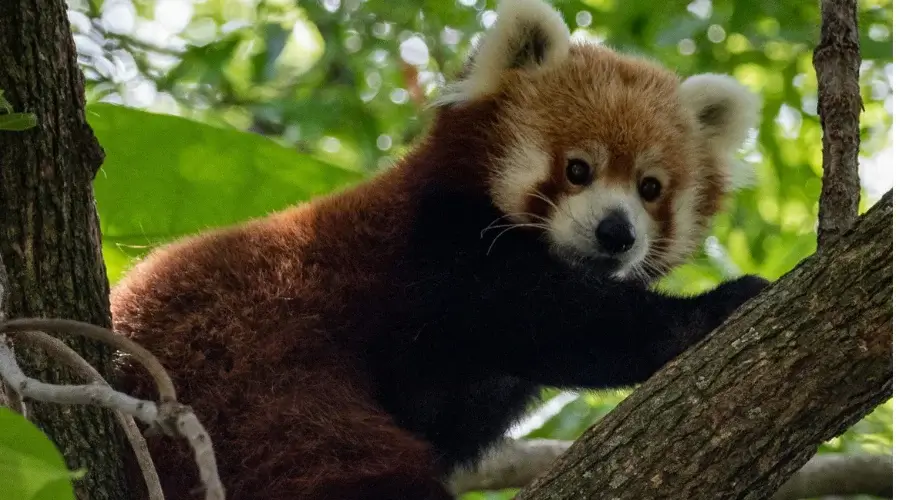
Himalayan Tahr
- Himalayan tahr is widely spotted in Sagarmatha National Park, Annapurna Conservation Area, Manaslu Conservation Area, and Langtang National Park of Nepal.
- The scientific name Himalayan tahr is Hemitragus jemlahicus.
- Himalayan tahrs are herbivores that eat grass, leaves, and fruits.
- The weight of male Himalayan tahr is 120 – 140 kg, and females weigh about 60 – 80 kg. The length of the Himalayan tahr is 35.4 to 55.1 inches (90 to 140 cm).
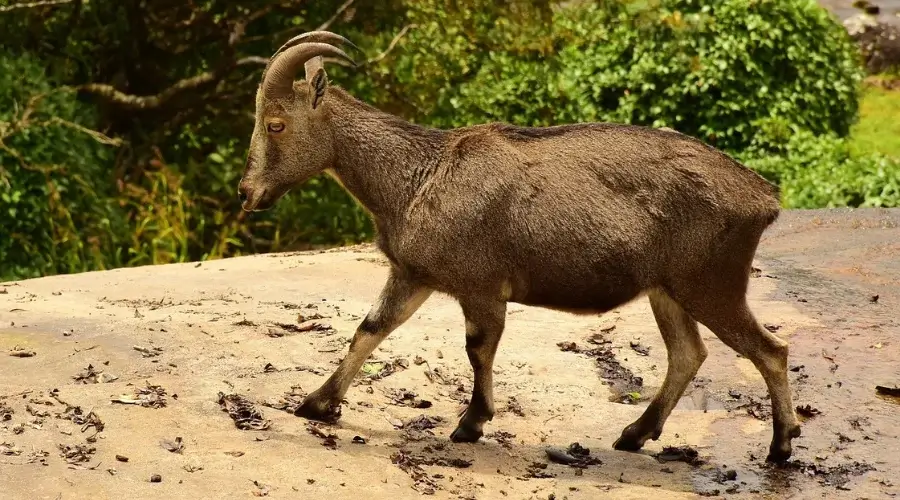
Musk Deers
- You can find Musk in National Parks like Sagarmatha National Park, Langtang National Park and Shey Phoksundo National Park etc.
- The scientific name of Musk Deer is Moschus. And there are about 2,000 to 2,500 musk deer left in Nepal.
- Musk deer are herbivores and animals and mainly eat lichens, forbs, leaves, flowers, moss, pine needles, shoots, twigs, and grass.
- The weight of musk deer is 7 to 18 kg and 33 – 39 inches long.
Himalayan Black Bear
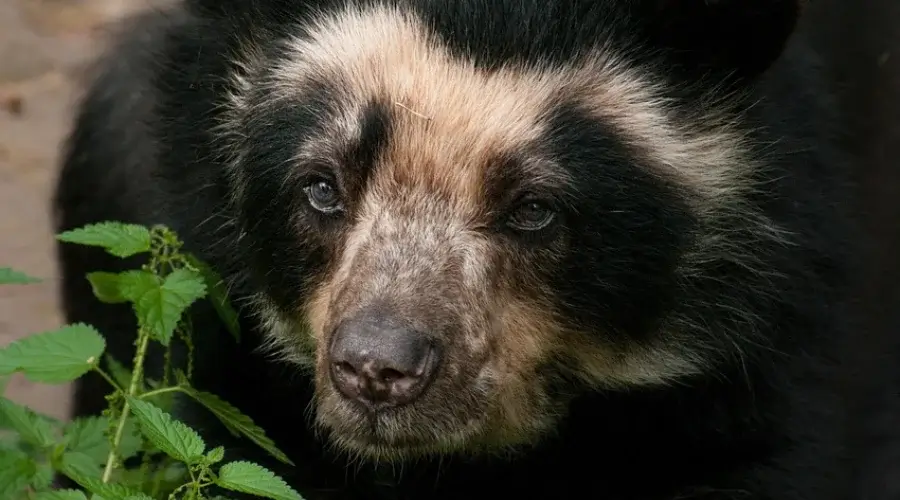
- Himalayan black bears are mostly found on the higher slopes of Nepal, in conservation areas like Makalu Barun National Park, Manaslu Conservation Area, Sagarmatha National Park, Annapurna Conservation Area, etc.
- The scientific name of the Himalayan Black Bear is Ursus thibetanus laniger.
- Himalayan Black Bears are omnivorous animals that eat nuts, honey, roots, fruit and insects, sheep, goats, and cattle.
- The Himalayan Black Bears are massive animals. They weigh about 90 to 120 kg and 56 to 65 inches long.
Himalayan Monal
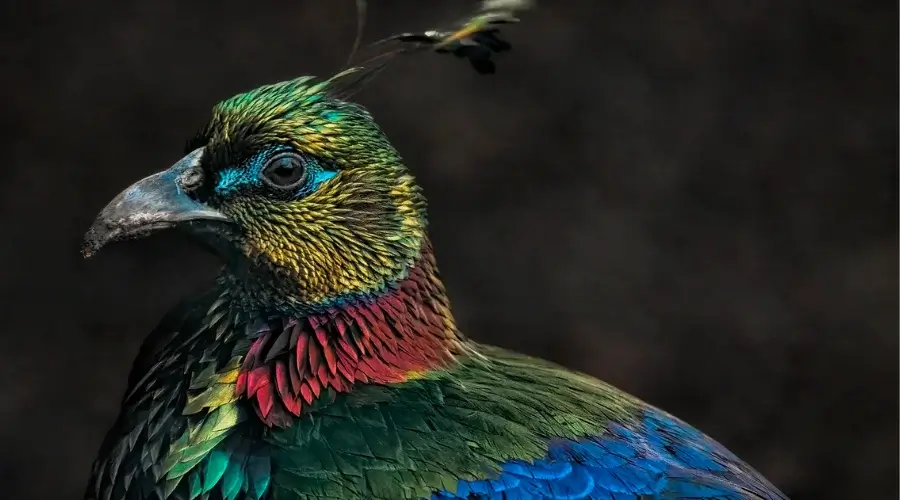
- Himalayan Monal is found at altitudes above 2,500 meters and below 4,500 meters. It is also the national bird of Nepal.
- There are 3,500 to 5,000 Himalayan monal in Nepal and it is scientifically named Lophophorus impejanus.
- Himalayan Monal eats roots, berries, insects and seeds.
- The weight of a male Himalayan pheasant is 2,380 g, and the female weighs about 2,150 g and is 28 inches long.
Yak
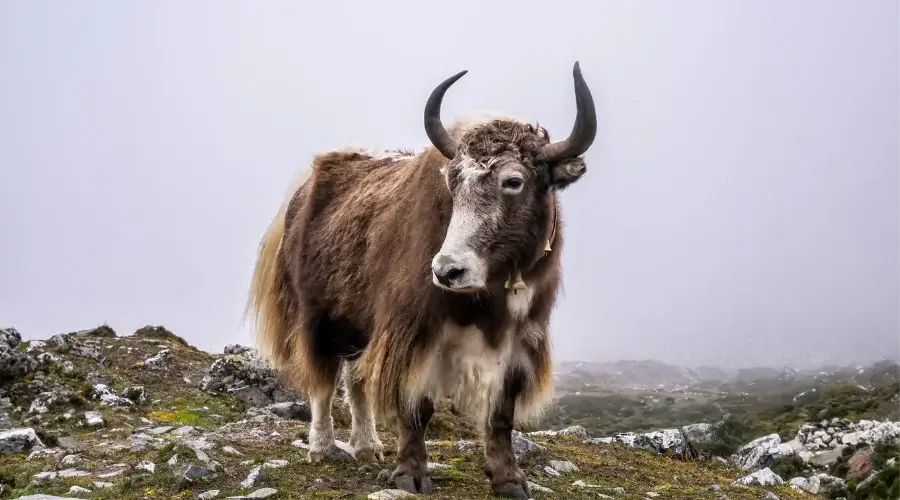
- Yaks are domestic animals found in the Himalayan region of Nepal. They are usually found across all the conservation areas of Nepal.
- There are 48,000 to 60,000 yaks in Nepal, and the scientific name of Yak is Bos grunniens.
- Yaks are herbivores animals and eat grasses and plants.
- The domesticated male yak weighs about 350 to 580 kg, and the females weigh about 220 to 260 kg. They are about 2.5 to 3.3 meters long.
Himalayan Marmot
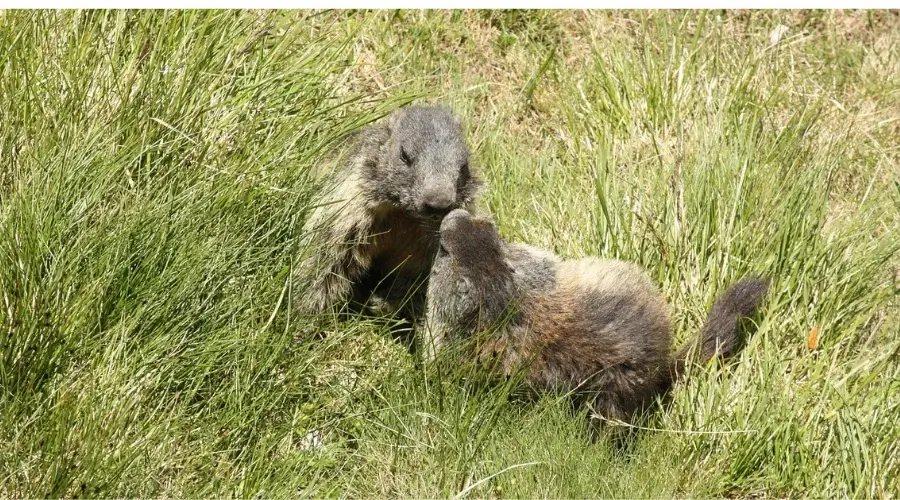
- One can spot Himalayan Marmots in the Upper Mustang region and Manaslu Conservation Area.
- The number of Himalayan marmots is not exact, but they are abundant in the Himalayan region of Nepal. The scientific name of the Himalayan marmot is Marmota himalayana.
- Himalayan marmots are herbivores that mostly eat plants and grass.
- They weigh about 4 to 10 kg and are 18 to 25 inches long.
Bharal
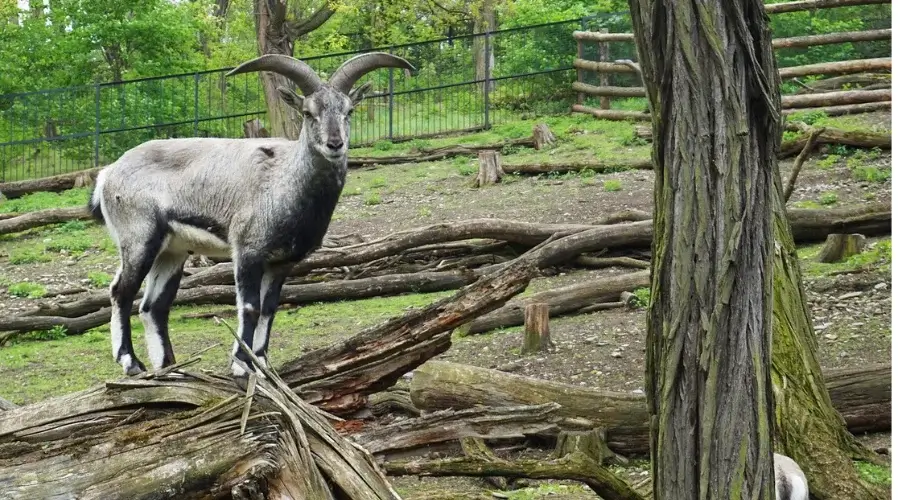
- Bharal, also known as Himalayan Blue Sheep, is mostly found in Dhorpatan Hunting Reserve, Manaslu Conservation Area, Sagarmatha National Park, Makalu Barun National Park, Annapurna Conservation Area, and Shey Phoksundo National Park.
- The population of Bharal is not exact in Nepal. And its scientific name is C Pseudois Nayaur.
- Bharal is an herbivorous animal that eats grass and plants.
- Bharal weighs about 50 to 60 kg and is 31 inches long.
Himalayan Wolf
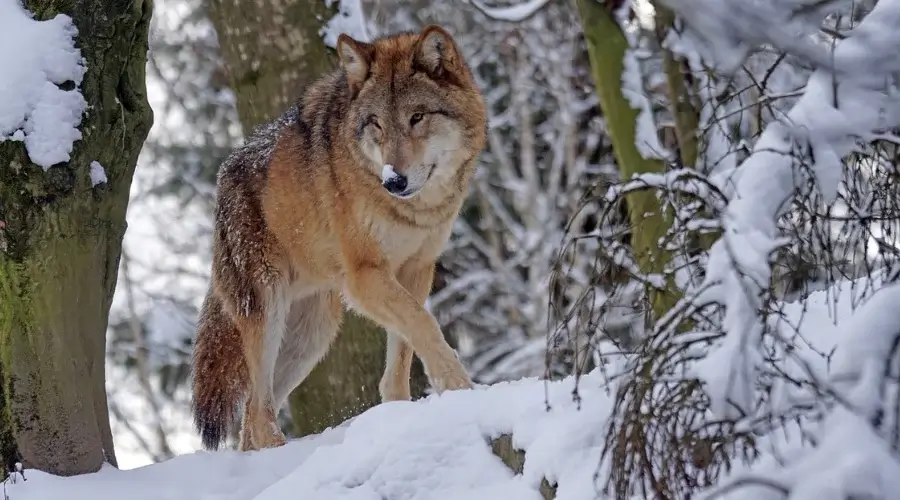
- Himalayan wolf is found in manaslu, Upper Dolpa, Api Nampa Conservation Area, Humla and Kanchenjunga Conservation Area.
- There are 2,000 to 4,000 Himalayan wolves in Nepal, and its scientific name is Canis himalayensis.
- They are carnivores and mostly eat marmots, woolly hares, and Tibetan gazelle.
- They weigh about 30 to 55 kg and are 43 to 70 inches longer.
Dangerous Himalayan Animals in Nepal
Dangerous Himalayan animals reside in the beauty of Himalayas. These are the three dangerous Himalayan animals you might encounter while you are on trek in Nepal.
Snow Leopard: A Vicious Himalayan Animal
It attacks prey in rocky areas using its sharp claws and its strong jaws with stealthy predator activities. Snow Leopard remains evasive but turns dangerous in situations of threat.
Himalayan Black Bear: A Human Size Himalayan Animal
Himalayan Black bear is highly aggressive behaviour and strong territorial dominance. The Himalayan black bear becomes hostile towards humans whenever someone startles or threatens it.
Himalayan Wolf:
The Himalayan wolf is an aggressive high-altitude predator that hunts sheep, goats, and small mammals in pack. The species remains away from humans but becomes dangerous when it starts starving.
Want to know more?
Speak to an Expert





Sandip Dhungana
Nepal 🇳🇵
Whatsapp: +977-9823636377


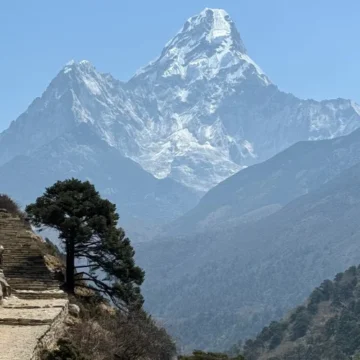























Leave Your Comment